-
-
Services
Reservation Services
VIP Services
-
Business Travel
-
About Iran
History of Hamedan
Hamedan, located in western Iran, is one of the oldest cities in the country with a history that dates back over 3,000 years. Known in ancient times as Ecbatana, it was the capital of the Median Empire and later an important city in the Achaemenid and Parthian eras. The city’s rich history is reflected in its monuments, traditional architecture, and archaeological sites.
Cultural and Historical Attractions
Hamedan is home to several significant landmarks, including the Tomb of Avicenna (Ibn Sina), the Ganjnameh Inscriptions, and the historic Ali Sadr Cave, one of the world’s largest water caves. Within the city, visitors can explore traditional bazaars, mosques, and museums that showcase the region’s artistic and cultural heritage.
Natural Surroundings and Tourism
The province around Hamedan offers diverse natural and historical attractions. Visitors can enjoy the scenic landscapes of Alvand Mountain, explore ancient sites like Tuyserkan and Nahavand, or visit natural wonders such as Ganjnameh Waterfall. Hamedan combines history, culture, and nature, making it a compelling destination for travelers seeking a blend of archaeology, scenic beauty, and local traditions.
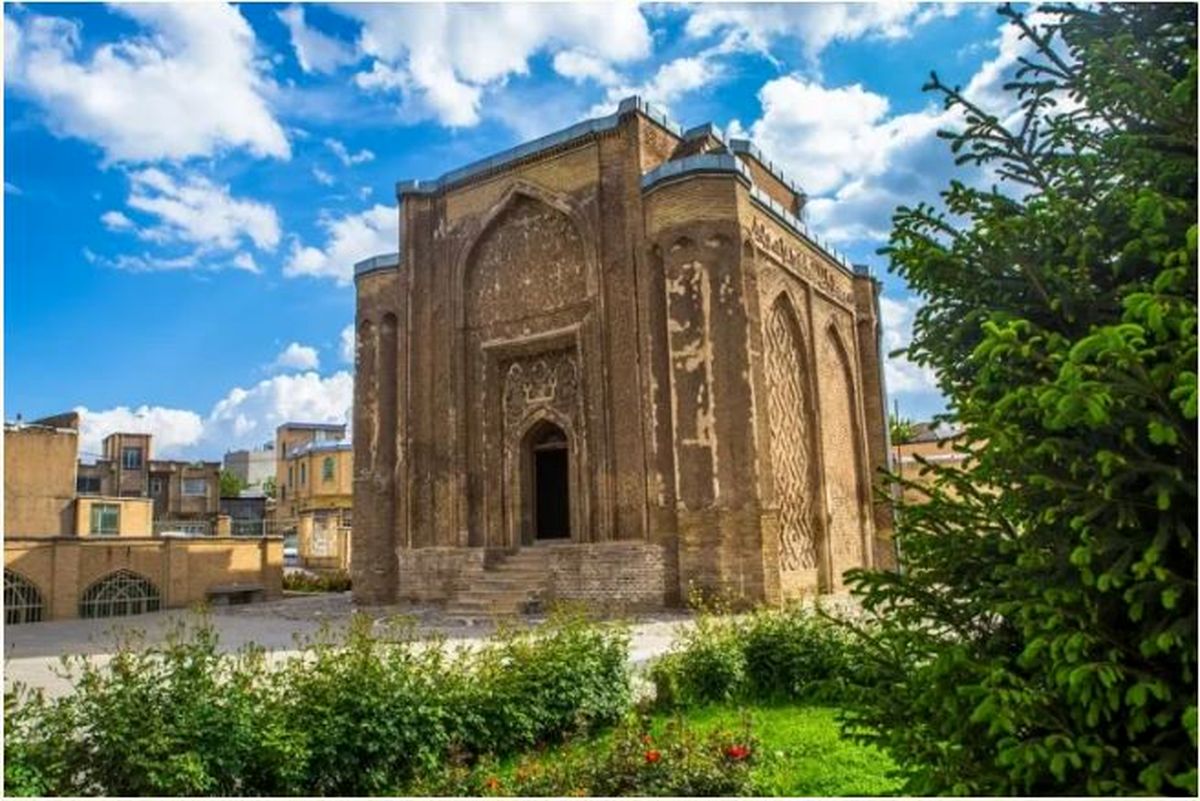
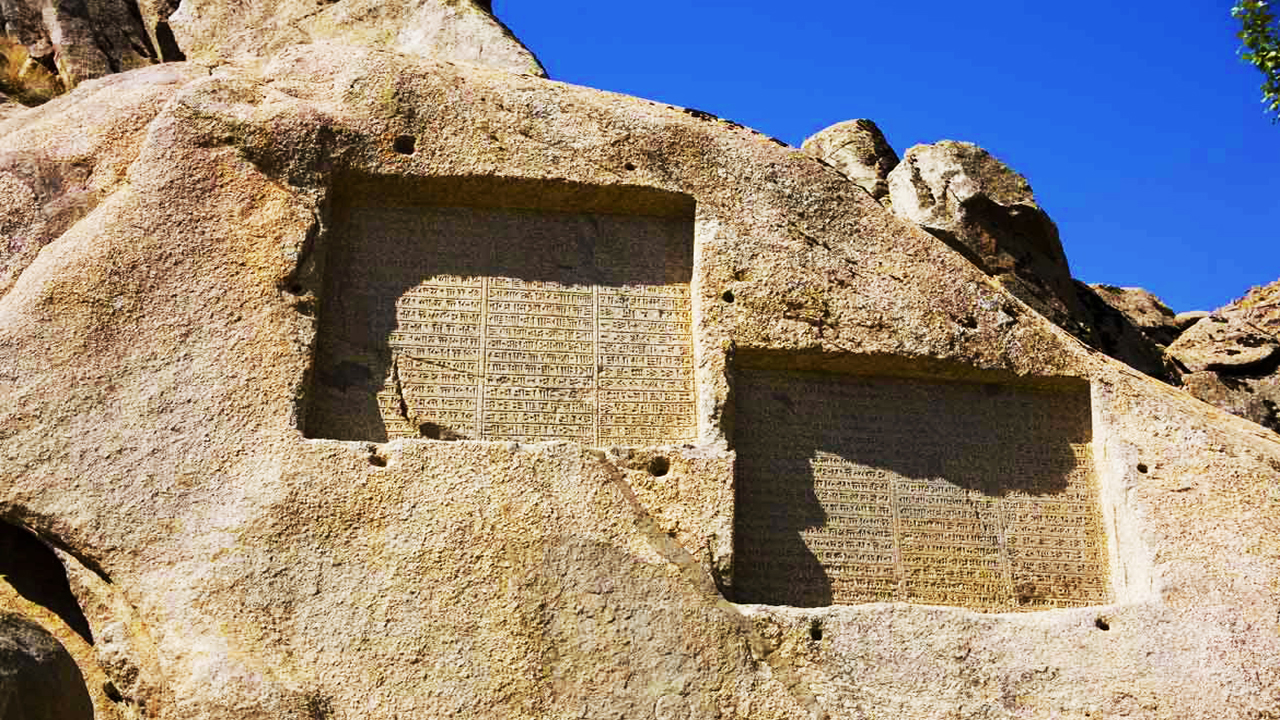

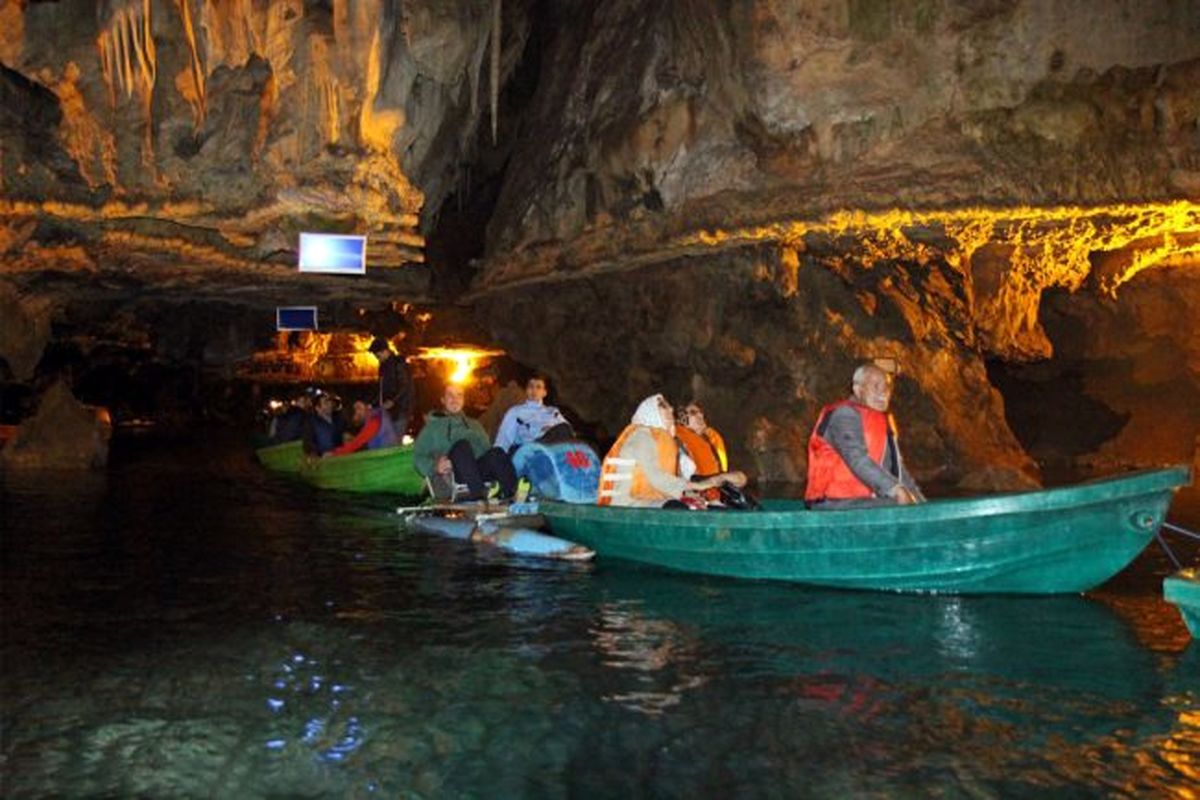
Ali Sadr Cave, located near Hamedan, is one of the largest water caves in the world. Famous for its extensive underground rivers and stunning stalactites and stalagmites, the cave offers visitors a unique experience of exploring its labyrinthine chambers by boat. Surrounded by beautiful natural scenery, Ali Sadr Cave is both a geological wonder and a popular tourist destination, attracting adventurers and nature enthusiasts from around the world.

Ganjnameh Inscriptions, located near Hamedan at the foot of Alvand Mountain, are ancient cuneiform inscriptions dating back to the Achaemenid era. Carved by kings Darius I and Xerxes I, these inscriptions detail royal orders and historical events, providing valuable insights into Persian history. Visitors can admire the inscriptions, enjoy the surrounding scenic mountain landscape, and explore the nearby historical sites, making Ganjnameh a fascinating destination for history enthusiasts.
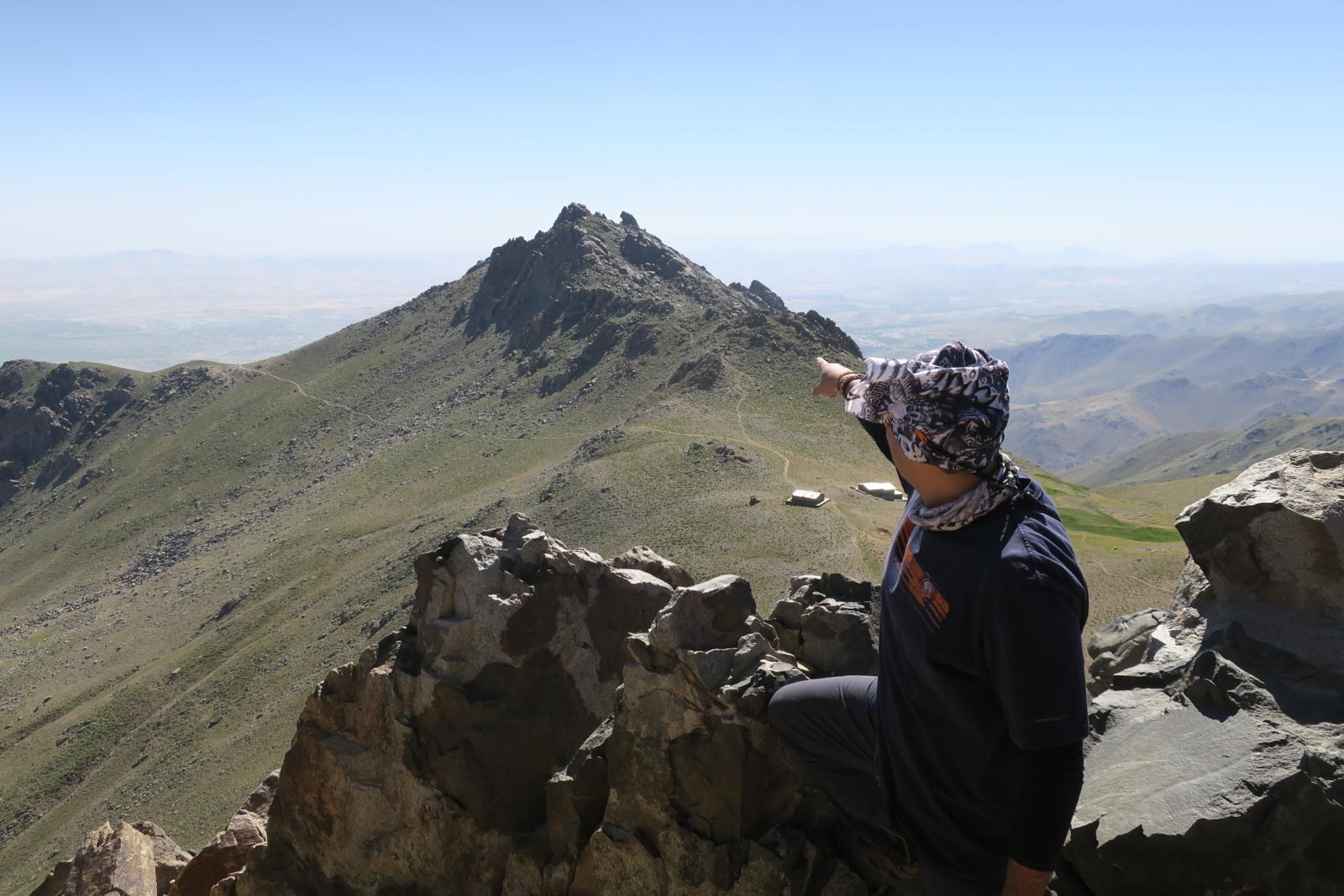
Alvand Mountain, located near Hamedan, is a prominent peak in the Zagros Mountain range and a popular destination for hikers and nature enthusiasts. The mountain features rugged terrain, scenic valleys, and diverse flora and fauna, offering stunning panoramic views of the surrounding region. Visitors can enjoy trekking, mountaineering, and picnicking while experiencing the natural beauty and fresh mountain air of Alvand.

Tomb of Baba Taher, located in Hamedan, honors the renowned 11th-century Persian poet known for his mystical and lyrical poetry. The mausoleum features traditional Persian architecture with elegant arches, decorative tile work, and a serene courtyard. Visitors come to pay tribute, enjoy the peaceful atmosphere, and reflect on the timeless verses of Baba Taher, making it an important cultural and literary landmark in Hamedan.
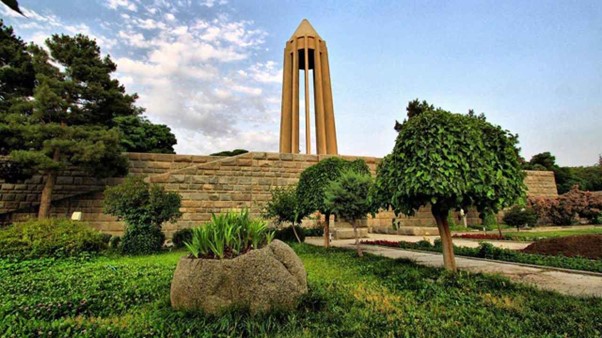
Avicenna Tomb (Ibn Sina Mausoleum), located in Hamedan, honors the legendary Persian polymath, philosopher, and physician Ibn Sina. The mausoleum combines traditional Persian and modern architectural styles, featuring a domed structure, elegant columns, and a surrounding garden. Visitors can explore the site, learn about Ibn Sina’s immense contributions to medicine, philosophy, and science, and reflect on his enduring legacy in Iranian and world history.

Alavian Dome, located in Hamedan, is a historic mausoleum dating back to the 12th century and a significant example of Seljuk-era architecture. The structure features a brick dome, intricate geometric designs, and beautifully decorated interiors, reflecting the architectural sophistication of its time. Visitors can admire its historical and artistic value while exploring one of Hamedan’s most important cultural landmarks.

Tomb of Esther and Mordechai, located in Hamedan, is believed to be the burial place of the biblical figures Esther and Mordechai. The site holds great significance for the Jewish community and is a place of pilgrimage and reflection. Visitors can explore the serene surroundings, learn about the historical and religious importance of the tomb, and experience a unique aspect of Hamedan’s diverse cultural heritage.

Varkaneh Village, located near Hamedan, is a picturesque rural village known for its traditional architecture, scenic landscapes, and agricultural heritage. Surrounded by lush fields and rolling hills, the village offers visitors a glimpse into rural Iranian life and local customs. Travelers can enjoy hiking, explore the charming streets, and experiencing the peaceful atmosphere that makes Varkaneh a hidden gem near Hamedan.
+989301903026
+982166126539
Info@Rosha.Travel
Saturday - Thursday 09 Am – 05 Pm
Iran, Tehran, End of Keshavarz Blvd, Corner of Ghajar Alley, North Jamalzadeh St, No. 528, Unit 4, 2nd Floor